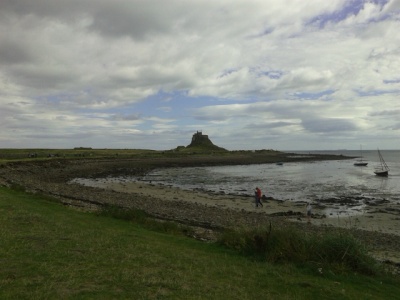Source: The Corvine Tree
The Corvine Tree
Posted in Uncategorized
The Intoxication of Memory: Laurie Lee & Cider with Rosie
Walking the Talk: Practice-Based Research
Posted in Uncategorized
‘In the Styx’ by Kevan Manwaring
Source: ‘In the Styx’ by Kevan Manwaring
Posted in Uncategorized
Rick Ward – Bard of Beech Mountain
Posted in Uncategorized
Is there Peace?
A Praise Song for Albion
North of the Wall: Eildon Tree
North of the Wall: Walking to Maia
WALKING TO MAIA*
‘…pronouncing in silence this long sentence of stone’ Noel Connor
Walking to stillness,
walking to wind through the dry grass,
walking to the gentle lap of the outward tide.
I’m walking to Maia.
Walking away from the bullshit,
walking away from the banks,
walking away from Westminster,
from the politicans’ self-interested dance.
Walking away from the rolling news bombardment,
vomiting violence 24/7,
making us fear the other,
fear our neighbour,
nurture a culture of fear,
and feed the cycle
that sells the news,
sells the guns, sells the bombs,
sells the panic rooms, the state-of-the-art tombs.
I’m walking to Maia,
walking away from the High Street,
everything-must-go-closing-down-forever-two-for-one-75%-discount-sale.
Walking away from Legoland and Lego people.
Walking away from servile stations,
from motorway gridlock,
from toomanycars,
from the littering doggybagshitters in the parks.
From animal sadism
and people masochism,
from zero hours contracts,
and fat cat bonuses.
I’m walking to Maia.
Walking away from Putin and Netinyahu.
Walking away from Isis militia and Ebola.
Walking away from everyday sexism and FGM.
Walking away from childhood hero child abuse
and internet porn – the virtual voyeurism which is the norm.
Walking away from the NSA, from GCHQ and hacking hacks.
I’m walking to Maia,
I’m walking to Maia.
Along my long straight road
following a wall of will,
to the vanishing point,
where I hope the land runs out
before my legs.
Six days of feet jazz,
of sheep bleat and stile hop.
Six days of tracking white acorns
and map origami on windy crags.
Six days of hostel hopping,
of top bunk grabbing,
of soggy sock drying,
of full English (veggie),
of caloriecarbcramming,
of sugar-jamming.
Six days of waterproof-dancing,
of goretex and sunhats,
of tshirts and wax jacks,
of blister-feet and sweaty backs.
I’m walking to Maia,
alone together,
in conversation, in silence,
in solitude, in company,
in high spirits, in doldrums,
in heel-to-toe iambs,
in hiking trance,
in hyper-awareness,
walking awake-asleep,
walking into your body
and into the land.
I’m walking to Maia.
Arriving to estuary emptiness,
the Solway at low-tide,
a dog licking its wounds –
lazy lap on mud-flats,
skirl of a lonely gull,
tang of salt and seaweed.
A terminal shack interpretation,
no victory pint from the closed pub.
The world returns to
tea-room and bus-stop.
Over the water, Scotland awaits.
The wind whispers
it’s the journey.
Walking to Maia.
Mantra of footstep
And breath. Balancing
Inside the Roman
And the Pict.
* Maia is the name of the last Roman fort on Hadrian’s Wall, Bowness-on-Solway, West of Carlisle, 84 miles from Wallsend, the start, East of Newcastle.
Posted in Uncategorized | Tags: Bowness on Solway, Britain, Celtic, Hadrian's Wall, Hiking, Maia, Meditation, poetry, rambling, Roman, walking
















